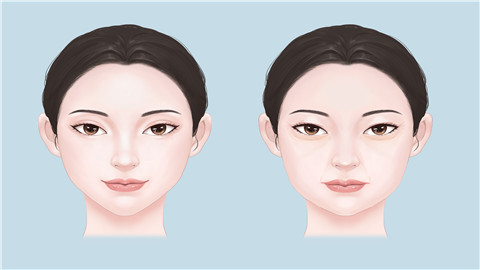What is hyaluronic acid?
Under normal circumstances, hyaluronic acid is a high molecular weight polysaccharide that naturally exists in human and animal tissues. Detailed analysis is as follows:

Hyaluronic acid is a viscous polysaccharide substance containing multiple hydroxyl and carboxyl groups, capable of forming hydrogen bonds with water molecules. Under normal conditions, hyaluronic acid appears as a white amorphous solid with strong hygroscopicity. It is difficult to dissolve in water and insoluble in organic solvents. When used as an injectable or filling material, it is typically formulated as a transparent, colorless liquid. Hyaluronic acid can absorb and retain large amounts of water; when used in skincare products, it helps moisturize the skin, reduce the appearance of fine lines and wrinkles, and make the skin look plumper and younger.
Hyaluronic acid has excellent biocompatibility and moldability, making it suitable as a filling material to supplement deficiencies in subcutaneous tissue. It can be used to fill depressed areas of the face, such as the temples, cheeks, and eye sockets, and is also applicable for cosmetic procedures such as rhinoplasty and lip augmentation, to reshape and redefine facial contours and appearance.
Hyaluronic acid injections and fillers should be administered by qualified and professional physicians to minimize risks and complications. After hyaluronic acid injection, it is important to pay attention to post-operative care to avoid affecting the recovery outcome.







